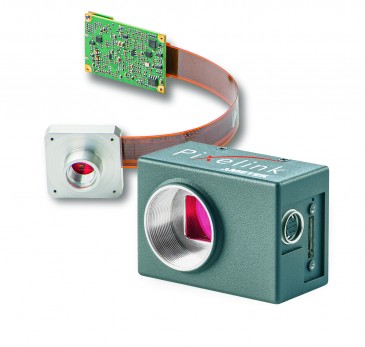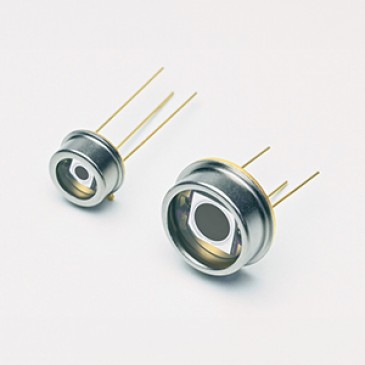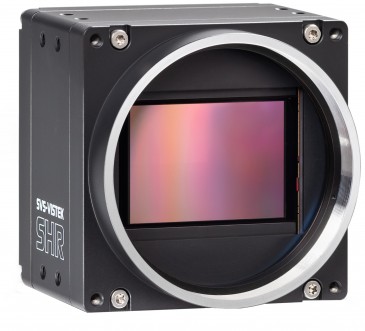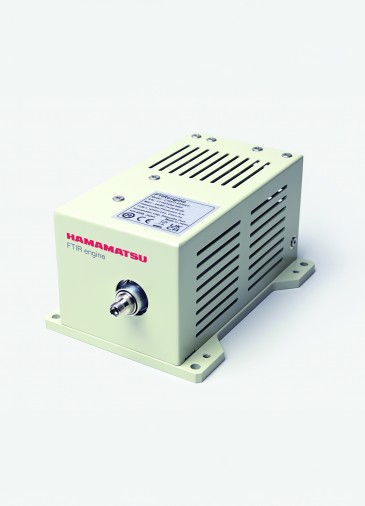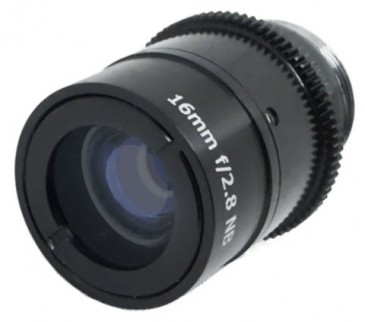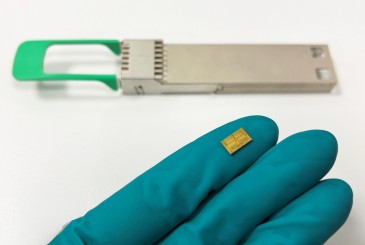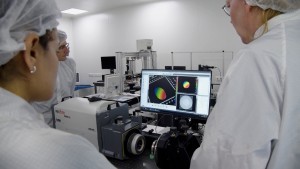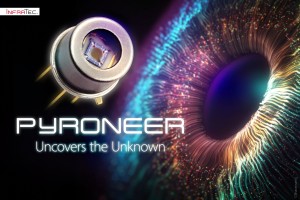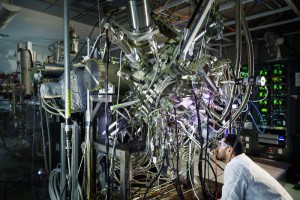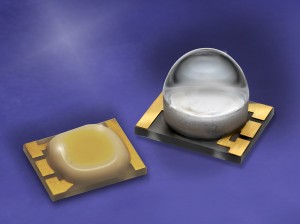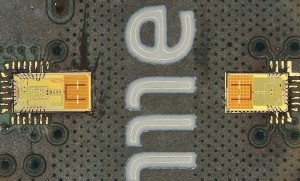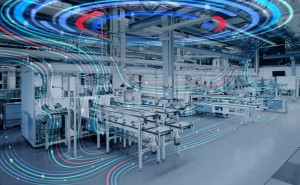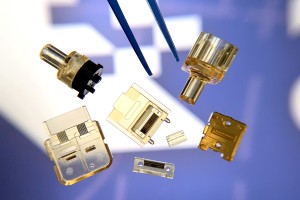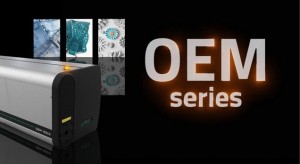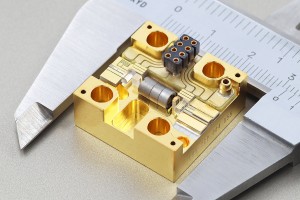
An international group of researchers from the universities of Cambridge, Oxford and Bath (UK), the Delft University of Technology (NL) and the Massachusetts Institute of Technology (US) has shown how defects in the molecular structure of halide perovskites can be permanently cured with light — plus oxygen and humidity.
Thus far, tiny defects in the crystalline structure of perovskites had been raining on the material’s triumph parade, as electrons can get stuck in those “traps” — a detrimental effect that can significantly thwart the efficiency of perovskite solar cells and LEDs.
Initial successes were temporary
Last year, part of that team had successfully healed defects in the crystalline structure of perovskites by exposing them to light (we reported). They found that the iodide ions carrying an electric charge moved away from the illumination, sweeping swept away most of the defects in that region along with them. However, the effect was temporary because the ions migrated back as soon as the light was removed.
With this latest approach, detailed in the article “Metal Halide Perovskite Polycrystalline Films Exhibiting Properties of Single Crystals,” published in the inaugural edition of the journal Joule, the researchers were able to report lasting improvement. “In this embodiment, we have introduced atmospheric molecules, including oxygen and water, which under light leads to substantial passivation of defect states in perovskites,” says study leader Dr Samuel Stranks from Cambridge's Cavendish Laboratory.
Permanent passivation
In this new study, the researchers printed perovskite devices using roll-to-roll-compatible techniques. During that fabrication process, they exposed the device to illumination, oxygen and humidity. Perovskites typically degrade when exposed to humidity. But they found that the humidity levels and the interplay of water and light in fact played a critical role during fabrication. “Yes, the combination of oxygen, humidity and light is quite crucial for our processing,” Stranks confirms. “We half fabricate our layered devices up to the perovskite layer, apply the treatment, and then remove the humidity, light and oxygen, and deposit the remaining layers to complete the device. If the device is exposed to humidity and oxygen over longer time scales it leads to degradation. So there is a fine balance.”
Under illumination, the electrons bound with oxygen and formed a superoxide that could bind to the electron traps, keeping them from snaring electrons. What was the crux with this new technique that makes the performance improvements in the perovskites permanent? “We think there is a very thin capping 'shell' that forms around the perovskite ‘grains,' locking in many of the beneficial oxygen-induced effects,” Stranks says.
Aiming for 100% luminescence efficiency
Counterintuitively, humidity and illumination made the perovskite solar cells more luminescent. “We have shown we can get to 90% luminescence efficiency, so there is still room for improvement,” says Stranks, who believes, he and his colleagues can push the luminescence efficiency to 100%, which means no voltage loss. “One of the other challenges is making this translate entirely over to devices. We think some of the beneficial effects are being washed away when we deposit the remaining layers, so we are continuing to optimize this.”
Reaching full luminescence efficiency without voltage loss would be a paradigm-shifting achievement, Stranks agrees. “If we could get to 100% luminescence efficiency in the full device, it means we could take the voltage of a solar cell to its theoretical limit. This would lead to a substantial increase in the record efficiency, likely pushing efficiencies towards 24%. It is a lofty but feasible goal,” he says, adding that such a high luminescence efficiency will find application in perovskite LEDs and lasers, pushing those efficiencies ever higher.
Next steps
Strank shares that the team is currently working on optimizing these perovskite treatments and other passivation approaches to take perovskite solar cells, LEDs and lasers towards their efficiency limits. “Another challenge,” he adds, “is to tweak the passivation treatments so that they last for long periods of time during operation in the field.”
Written by Sandra Henderson, Research Editor, Novus Light Technologies Today


























 Back to Features
Back to Features

